Content |
|---|
Characteristics "Affenpinscher"
Coexistence is important that you have with your new friend. Before considering the acquisition of a dog of the breed "Affenpinscher" you know certain factors. Not all breeds of dogs are apt to live in an apartment, you must take into account his character, their need for exercise, their interaction with other pets, their care and if you have small children, their level of tolerance towards them.
Adaptation ⓘ5,0 of 5 stars (based on 1 review)
|
friendly dog ⓘ3,0 of 5 stars (based on 1 review)
|
hair loss ⓘ2,0 of 5 stars (based on 1 review)
|
|---|---|---|
Affection level ⓘ5,0 of 5 stars (based on 1 review)
|
Need for exercise ⓘ3,0 of 5 stars (based on 1 review)
|
Social need ⓘ5,0 of 5 stars (based on 1 review)
|
Home ⓘ5,0 of 5 stars (based on 1 review)
|
Toilet ⓘ3,0 of 5 stars (based on 1 review)
|
Friendly with strangers ⓘ3,0 of 5 stars (based on 1 review)
|
barking ⓘ3,0 of 5 stars (based on 1 review)
|
Health ⓘ3,0 of 5 stars (based on 1 review)
|
Territorial ⓘ5,0 of 5 stars (based on 1 review)
|
Cat friendly ⓘ3,0 of 5 stars (based on 1 review)
|
Intelligence ⓘ4,0 of 5 stars (based on 1 review)
|
Versatility ⓘ3,0 of 5 stars (based on 1 review)
|
Child friendly ⓘ1,0 of 5 stars (based on 1 review)
|
Surveillance ⓘ4,0 of 5 stars (based on 1 review)
|
joy ⓘ5,0 of 5 stars (based on 1 review)
|
Affenpinscher History
Type dogs Affenpinscher They are known since about 1600, years. At that time, they were somewhat bigger. Images Affenpinscher set in sixteenth-century German paintings
It's name derives from the German Affe (monkey). The race is ancient and prior to the Griffon Bruxellois and Miniature Schnauzer.
The race was created to be a buzzard, working to eliminate rodents from kitchens, barns and stables.
The first draft of the standard is from 1908 and it is not until the year 1913 when the first official standard is recognized.
Did you know??Sometime in the 18th or early 19th century, someone had the brilliant idea to raise the Affenpinscher in reduced size, allowing him to become a popular pet by becoming a companion to the ladies.
Physical Characteristics of the Affenpinscher
One Affenpinscher, generally, weights from 2,9 to 6,0 kg and measures of 23 to 30 centimeters tall. It has hard and rough hair, which make him look like a monkey (hence its name, because Affe means monkey in german). Its coat is coarse on the head and shoulders forming a mane, with a lower layer on the front and rear quarters.
The FCI and KC of breed standards, specifies that the layer of hair should be black, but the AKC also allows other colors like gray, Silver, black and tan, and beige (a mixture of Brown, black and white red hairs); other clubs have their own lists of acceptable colors, but black is preferential.
Character and skills
They have a character other than what we associate with Terrier. They differ from Terrier how they tend to get along with other dogs and pets. They are active, adventurous, curious and stubborns, but also cheerful and playful. Because they are affectionates with the family members, the protection is a must to whom they love. It is necessary that, they have a clear education, coherent, if not, you can be very difficult. The training must be varied because the dog can get bored easily.
The Affenpinschers they are somewhat territorial when it comes to their toys and food, That's the reason they are not recommended for younger children. This dog is very quiet, but it can become very aggressive if it feels attacked or threatened and does not show fear towards any aggressor.
Their life expectancy is around twelve years , is a typical life cycle of a purebred dog, but slightly shorter than most breeds its size.
Observations
During moulting it lost much hair, so it is advisable to a good brushed daily and a good diet. The better the quality of the best food will be the State of the fur of your dog. A diet low in fat, salts, iodine, Vitamin B, will result in dryness and hair loss.
The Affenpinscher it is a delicate dog that often suffers from intestinal problems.
Affenpinscher Health
All dogs have the potential to develop genetic health problems, just as all people have the potential to inherit a particular disease. Run, do not walk, from any breeder that does not offer a health guarantee on puppies, to tell you that the breed is 100 percent healthy and has no known problems, or tell you that your puppies are isolated from the main part of the home for health reasons. A reputable breeder will be honest and open about the breed's health problems and the incidence with which they occur in their lines..
The monkeys it is a fairly healthy small breed, but individual dogs can develop orthopedic problems like dislocated kneecaps, a common knee condition in small dogs. Affen are also prone to skin conditions that can lead to flank hair loss..
Not all of these conditions are detectable on a growing puppy, and it is impossible to predict if an animal will be free of these diseases, so you must find a trusted breeder who is committed to raising the healthiest animals possible. Must be able to produce independent certification that the dog's parents (and grandparents, etc.) have been examined for common defects and considered healthy for breeding. That's where health records come in..
Don't fall for the lies of a bad breeder. If the breeder tells you that you do not need to do these tests because you have never had problems in your lines, Your dogs have been "vet checked", or any of the other excuses bad breeders give for skimping on genetic testing of their dogs, leave immediately.
Careful breeders screen their breeding dogs for genetic diseases and breed only the healthiest, best-looking specimens., but sometimes Mother Nature has other ideas and a puppy develops one of these diseases despite good husbandry practices. Advances in veterinary medicine mean that in most cases dogs can still live a good life. If you are going to have a puppy, ask the breeder about the ages of the dogs in their lines and what they died of.
Remember that after you have welcomed a new puppy into your home, has the power to protect you from one of the most common health problems: the obesity. Keep a Affenpinscher with a proper weight is one of the easiest ways to prolong your life. Make the most of your preventive skills to help ensure a healthier dog for life.
Affenpinscher care
The Affenpinscher has a wiry coat that can be rough or smooth, But the words "smooth" and "rough" can be misleading. Rough-coated dogs have slightly softer textured hair and a heavier coat.. Some Affen they have fur that falls somewhere in between. Whatever type of coat you have, the typical monkeys looks clean but a little hairy. You can be sure it will have leaves and twigs in its fur after being outdoors., so you need regular grooming to maintain your appearance.
The tools you will need are a brush, a stainless steel comb, a cutter, blunt-ended scissors and scissors to reduce thickness. Remove dead hairs, called "peeling" the coat, is part of the package when you live with a monkeys.
The rest is basic care. Trim nails as needed, usually every few weeks. Small breeds are prone to periodontal disease, so brush your teeth often for general good health and fresh breath.
Questions about the “Affenpinscher” dog breed
-
How long does an Affenpinscher live??
Affenpinschers generally live off 12 to 14 years.
-
How much does an Affenpinscher puppy cost??
The price of a puppy Affenpinscher can vary according to the country, The breeder's reputation, The dog lineage and if it is intended for exhibitions or as a pet. Here you have an approximate range:
– Europe: Among 1.500 and 3.000 EUR.
– North America: Among 1.800 and 3.500 $.
– South America: Among 1.500 and 2.500 $ (Depending on the country).
– Asia: Among 2.000 and 4.000 $ (In countries like Japan or South Korea).
– Oceania: Among 2.500 and 4.500 Australian dollars.
-
Are Affenpinschers good companion dogs??
Yes, Affenpinschers make excellent companion dogs due to their loyalty, affection and lively personality.
-
Are Affenpinschers easy to train?
Although they are smart, Affenpinschers can be stubborn and difficult to train. Early socialization and consistent training are important.
-
Do Affenpinschers need a lot of exercise??
Although they are not as active as some larger breeds, Affenpinschers still need a moderate amount of daily exercise to stay healthy and happy.
-
Are Affenpinschers hypoallergenic dogs??
No, Affenpinschers are not considered hypoallergenic. They still produce dandruff and hair, which can trigger allergies in some people.
-
Are Affenpinschers aggressive dogs??
They are not naturally aggressive, but they can show territorial and defense behaviors. Proper socialization and training are important to prevent any aggression.
-
Are Affenpinschers good with children??
Yes, Affenpinschers can be good with children as long as they are properly socialized from an early age and taught to safely interact with children.
-
Do Affenpinschers lose a lot of hair??
No, Affenpinschers don't shed as much hair as some other breeds, but they still need regular coat care.
-
Do Affenpinschers need to be shaved or clipped?
It is not necessary to shave or cut the coat of an Affenpinscher, but they do need regular coat grooming to keep it clean and tangle free.
-
Are Affenpinschers prone to health problems??
like any breed of dog, Affenpinschers can be prone to certain health problems, such as eye and heart problems. It is important to buy a puppy from a responsible breeder who performs health tests on their dogs..
-
Are Affenpinschers good apartment dogs??
Yes, Affenpinschers can adapt well to apartment life as long as they get plenty of daily exercise and are properly socialized.
-
Do Affenpinschers bark a lot??
Yes, Affenpinschers can be vocal and bark quite a bit. Obedience training and early socialization are important to prevent excessively noisy behaviors.
-
Do Affenpinschers need special coat care??
Yes, Affenpinschers need regular coat grooming to keep it clean and tangle free. This includes brushing their rough, rough coat at least twice a week and trimming their fur around their eyes and mouth to prevent irritation..
-
Do Affenpinschers get along with other dogs and pets??
Affenpinschers can be territorial and wary of other dogs and pets., so early socialization and gradual introduction are important to establish positive relationships with other animals. But, with proper socialization, they can get along with other dogs and pets in the household.
-
Are Affenpinschers a suitable breed for first time owners??
Affenpinschers can be a good choice for first-time owners if they are willing to put the time and effort into their training and socialization.. But, due to his stubborn and energetic personality, may not be the best choice for all first-time owners. It is important to do your research on the breed and speak to a breeder or dog professional before making a decision..
Affenpinscher pictures
Affenpinscher Videos
Type and recognitions:
- FCI CLASSIFICATION:
- Group :
- Section : . .
Federations:
- – FCI – Pinscher and Schanuezer dogs. Molossian type Dogs and Swiss Mountain and Cattle Dogs. , Section 1: Pinscher and Schnauzer. ⓘ
- – AKC – Toy ⓘ
- – ANKC – Group 1 (Toys) ⓘ
- – CKC – Group 5 – Toys ⓘ
- – KC – Toy ⓘ
- – NZKC – Toy ⓘ
- – UKC – companion breed ⓘ
FCI breed standard "Affenpinscher"
Use:
Pet and home dog.
General appearance:
The Affenpinscher is small, Compact and rough hair, with appearance of monkey face.
IMPORTANT PROPORTIONS : The construction should as much as possible appear square in relation to body length and the height to the cross.
Intrepid, vigilant, stubborn, fell, sometimes with an effervescent character. It is quite a pleasant dog for the family.
Head:
---- Skull: Rather spherical to elongated, altogether not too heavy, vaulted upward, with a forehead macada.
- Depression links (stop) : Clearly marked.
facial region:
- Truffle: Round, full and black. Well open nostrils.
- Snout: Short, straight (not respingado up). The nasal helm is straight.
- Belfos: Firmly supported to the jaws, the lips are black.
- Jaws/Teeth: Complete bite, (42 clean and white teeth), the maxillary lower ahead of the upper jaw and curves gently upwards. The incisors in a healthy bite are as regularly set as possible in the form of a slightly rounded line. Canines and incisors should not be seen with the mouth closed ; Even less should the Affenpinscher show its tongue with its muzzle closed. The lack of two PM1, PM2 or PM3 also combined lack of two dental pieces of these teeth, they must be tolerated.
- Eyes: dark, rather round and full, black and sticky eyelids. They are surrounded by a Crown of coarsely hairy.
- Ears: High implementation, carried symmetrically rotated forward, “V” shaped, the internal edges of the ears lie against the head. In the case of erect ears, they are small, equal-sized upright, and carried vertically as possible.
Neck:
The neck is straight, the neck is rather short, strongly implanted, powerful ; the skin of the throat is firmly tight and wrinkle-free.Body:
- top line: From Withers towards rear in a soft downward inclination, approximately in the form of a straight line.
- Cross: It is the highest point of the top line.
- Back: Strong, short, firm
- Pork loin: Short, strong. The distance from the last rib to the hip is short so that the dog is compact.
- Rump: Short, slightly rounded, It happens imperceptibly by the insertion of the tail.
- Breast : Just flattened on the sides, moderately wide, descends beyond elbows.
- bottom line: The bottom and top lines run almost parallel. Moderately raised belly.
Tail:
Natural, the goal being to make it Sabre or sickle-shaped.Tips
PREVIOUS MEMBERS: Robust forelimbs, straight, parallel and not too together.
- Shoulder: Well muscled. The scapula is long, inclined (approximately 45º), flat and well glued.
- Arm: Well on the body, strong and muscular.
- Elbow: Well positioned, drawn out inwards or not.
- Forearm: Strongly developed and straight from all sides which you look at it.
- Carpo: Firm and strong.
- Metacarpus: Seen from the front straight ; profile feels a slight tilt in relation to the floor ; strongly developed and muscular.
- Front feet: Short and round, fingers together and arched (cat feet), strong pads, black short nails and strong.
LATER MEMBERS: Seen in profile with a slight slant, moderately angulated. Seen from behind are parallel.
- Thigh: Strongly muscled, width
- Knee: Must not be turned neither inward nor outward
- Leg: Long and strong
- Hock: Moderately angled
- Metatarsus: Perpendicular to the ground
- Rear feet: A little longer than the front ; the fingers are arched and together ; nails short, black.
Movement:
Loose and fluid, with short, quick steps, with moderate push back. Seen from front and back straight and parallel.Mantle
- SKIN : Firm throughout the body.
COAT
- HAIR: The hair of the body should be hard and tight. The head has a typical decoration in the form of bushy eyebrows like rays that surround the eyes forming a crown., the imposing beard, The crest on the head and the hair on the cheeks. The hair of the head should be as far as possible hard, straight and perpendicular to the skin implementation, as Ray. These are the essential characteristics that give the Affenpinscher the monkey look.
- COLOR: Pure black with NAP internal black.
Size and weight:
SIZE AND WEIGHT
- Height to the cross: Males and females : of 25 until 30 cm..
- Weight: Males and females : of 4 until 6 kg.
Fouls:
Any deviation from the above mentioned criteria is considered to lack, and the gravity of this refers to the degree of deviation to the standard and its impact on the health and well-being of the dog.
In particular :
- Heavy or light appearance, outdoor or patilargos.
- light eyes.
- Inclusion of low or very long ears, ears worn different from each other. Floating ears.
- Too long back, collected or soft.
- Encarpado back.
- fallen group.
- Inclusion of tail rotated toward the head.
- Back excessively angled and rear of barrel.
- Long feet.
- Short hair, soft, wavy, in fringe, silky, white or stained.
- 1 cm.. above the upper limit or 1 cm.. below the lower limit.
SERIOUS FAULTS
- Lack of type in the expression of sex (for example male female).
- Very lightweight bones.
- Snout Griffon curved upward type, long snout.
- Exaggerated lower prognathism, bite clamp.
- Wiggly eyes.
- Elbows rotated out.
- Hocks rotated inwards.
- deviation between 1 cm and 2 cm above the upper limit or below the lower height limit.
MISS PLAYOFFS
- Aggressive or fearful dog.
- Any deformity.
- Lack of racial characteristics.
- Miss runner in each region as construction defects, hair and color.
- More than 2 cm above or below the upper and lower limit measurements.
Any dog showing clear signs of physical or behavioral abnormalities must be disqualified..
Males should have two normal-appearing testicles fully descended into the scrotum..
TRANSLATION : Lucas Rodriguez Bazzurro.
Source: F.C.I - International Cynological FederationAlternative names:
1. Affen, Affie, Monkey Dog (English).
2. Affenpinscher (French).
3. Affenpinscher (German).
4. Affenpinscher (Portuguese).
5. Perro Mono, Affenpinscher (español).
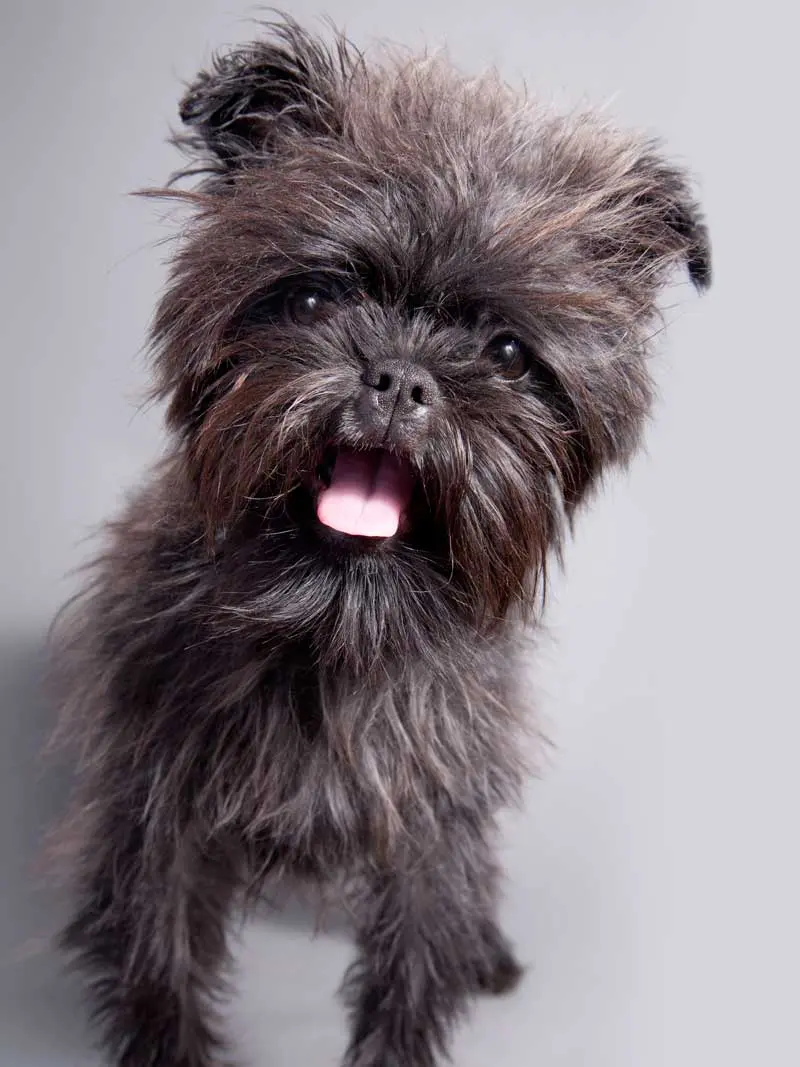
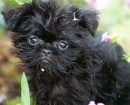
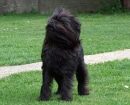

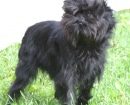
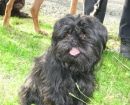


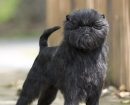

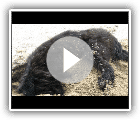
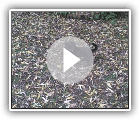
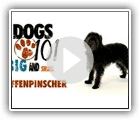


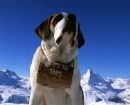
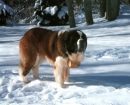

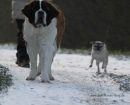

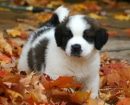
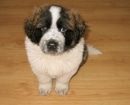
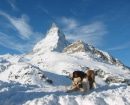
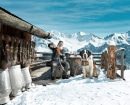
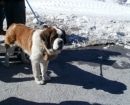
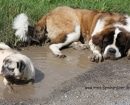

 St. Bernard #02 – puppy love
St. Bernard #02 – puppy love Brody and Bella. bella sharing her peice of ice
Brody and Bella. bella sharing her peice of ice evil kitten attacks saint bernard
evil kitten attacks saint bernard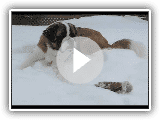 Saint-Bernard – 2 Chiens, 1 Kong
Saint-Bernard – 2 Chiens, 1 Kong

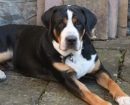
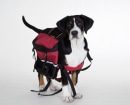


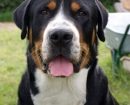

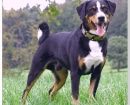
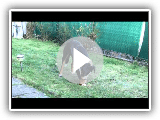 Appenzell mountain dog Finn with 10 Months
Appenzell mountain dog Finn with 10 Months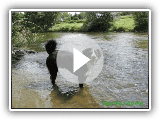 Appenzell Mountain dog- Jack is swimming
Appenzell Mountain dog- Jack is swimming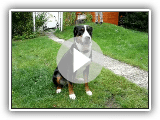 Großer Schweizer Sennenhund Greater Swiss Mountain Dog Cattle Dog Swissy
Großer Schweizer Sennenhund Greater Swiss Mountain Dog Cattle Dog Swissy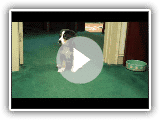 Claire – 8 1/2 weeks
Claire – 8 1/2 weeks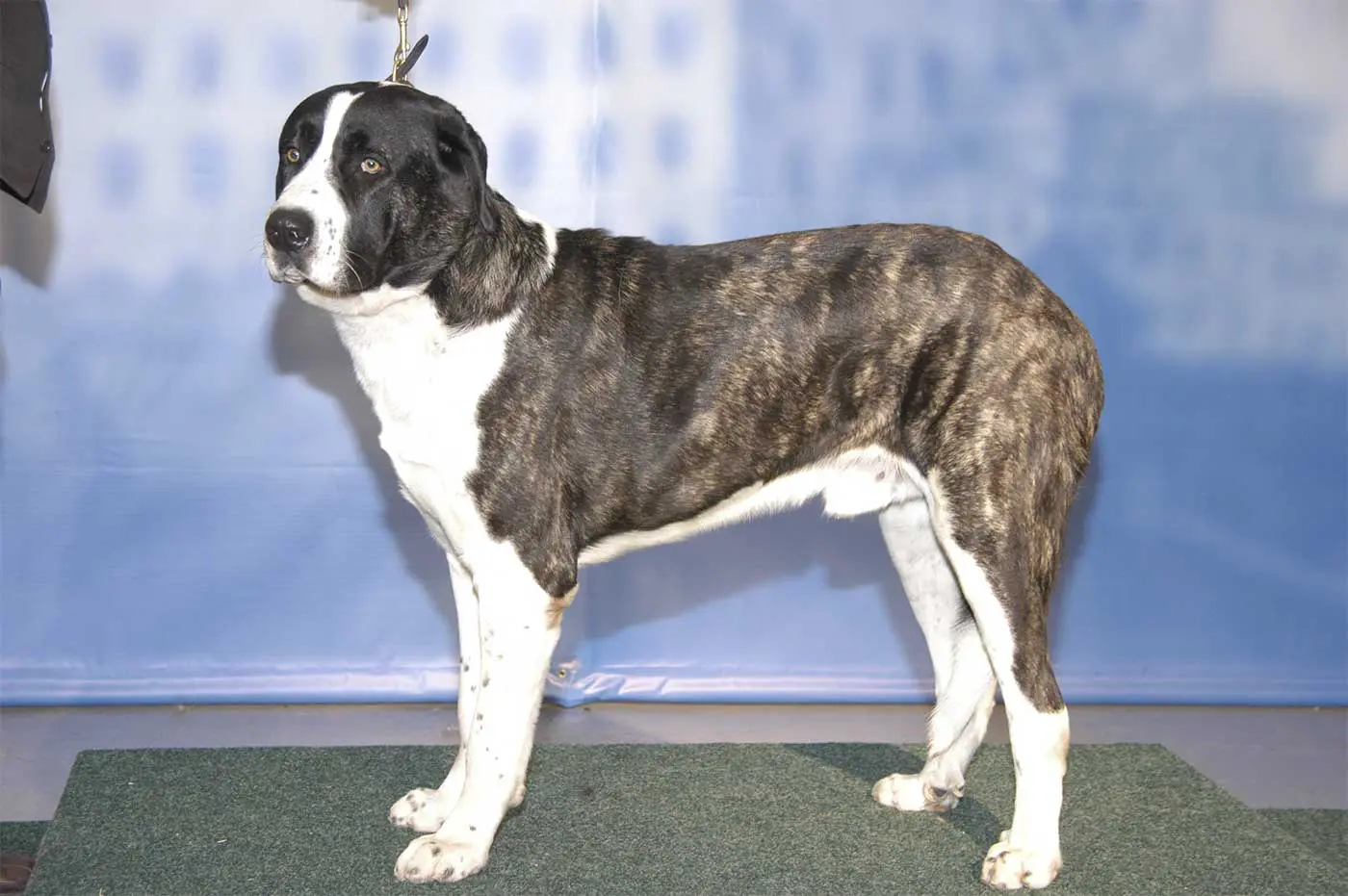

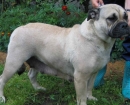
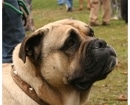
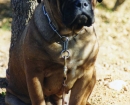
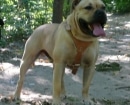

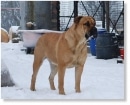
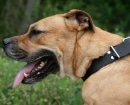
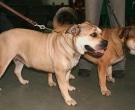
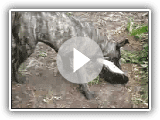 CA De Bou Perro Presa Mallorquin
CA De Bou Perro Presa Mallorquin CA de Bou running
CA de Bou running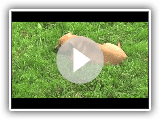 Coconut – Majorca Mastiff (Mallorquin Mastiff dog)
Coconut – Majorca Mastiff (Mallorquin Mastiff dog)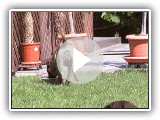 CA De Bou dog Dogo Mallorquin oder sind abzugeben
CA De Bou dog Dogo Mallorquin oder sind abzugeben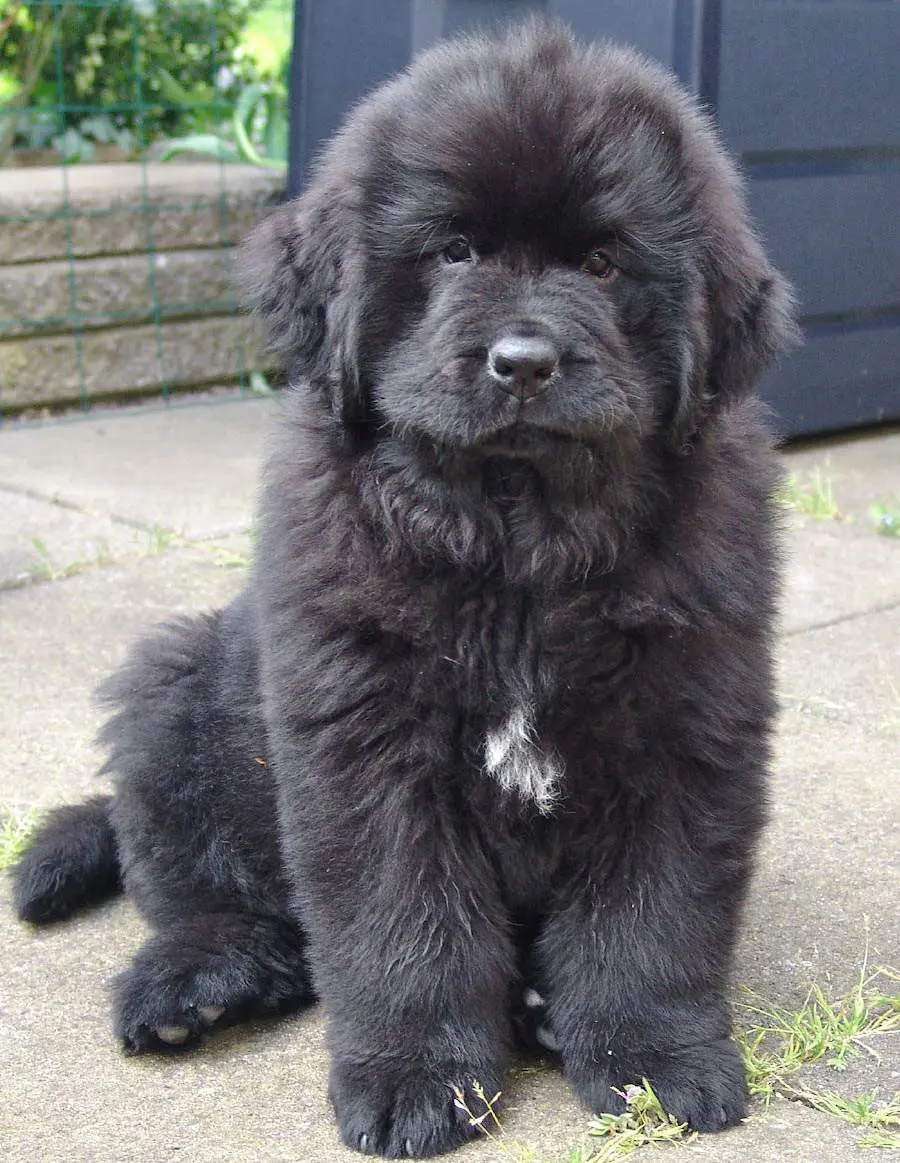


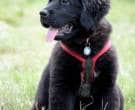
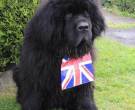
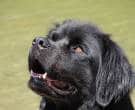
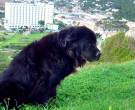
 Dogs 101: Newfoundland
Dogs 101: Newfoundland NEWFOUNDLAND DOG – Profile of a Hero Breed
NEWFOUNDLAND DOG – Profile of a Hero Breed Newfoundland 101! Everything You Need To Know About Owning A Newfoundland Puppy
Newfoundland 101! Everything You Need To Know About Owning A Newfoundland Puppy NEWFOUNDLAND FIVE THINGS YOU SHOULD KNOW
NEWFOUNDLAND FIVE THINGS YOU SHOULD KNOW The Newfoundland dog – GIANT dog breeds
The Newfoundland dog – GIANT dog breeds The Newfoundland characteristics of the breed, care etc.
The Newfoundland characteristics of the breed, care etc. Newfoundland: The noblest and sweetest dog in the world
Newfoundland: The noblest and sweetest dog in the world Newfoundland puppies
Newfoundland puppies
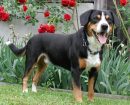



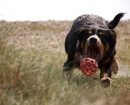

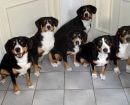
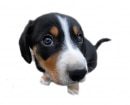
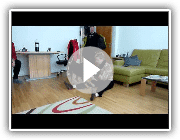 Entlebucher Mountain Dog / Entlebucher Sennenhund: Happy to visit 2. Birthday
Entlebucher Mountain Dog / Entlebucher Sennenhund: Happy to visit 2. Birthday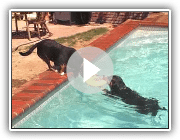 Entlebucher pool party
Entlebucher pool party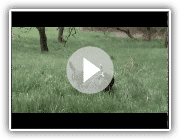 Entlebucher action
Entlebucher action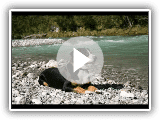 Entlebucher Sennenhund Yanni
Entlebucher Sennenhund Yanni